Hazard Insurance vs. Home Insurance: Pros, Cons & Difference
-

- Last updated:
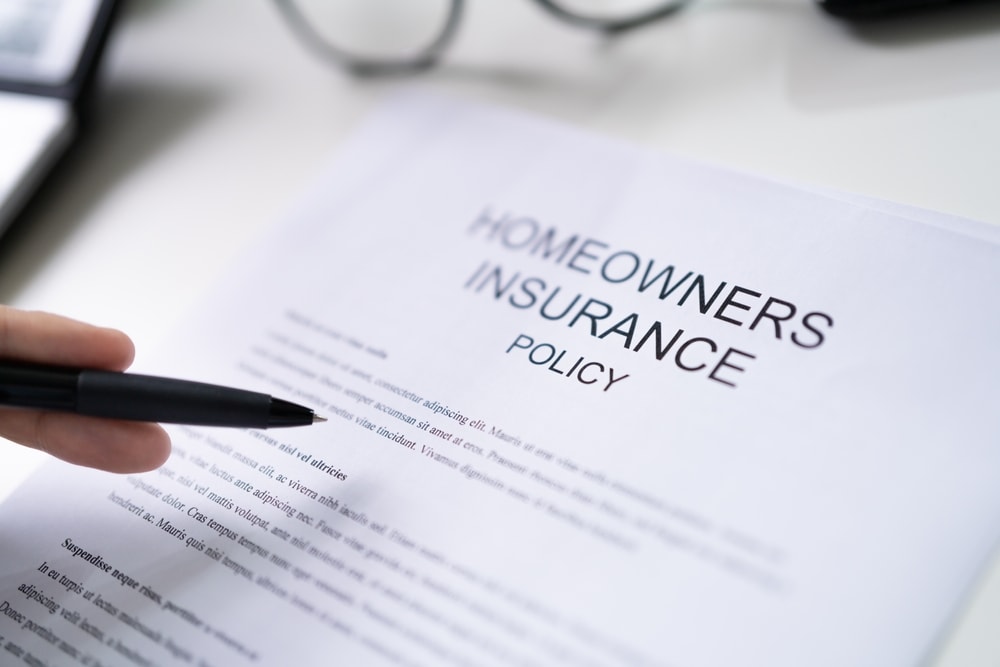
As a homeowner, you may have or want to have home insurance or hazard insurance. It may be difficult to differentiate the two if you don’t know what they are. The first thing you should know is that even though they are similar, they aren’t the same.
Home insurance is a standard requirement if you want to protect your home and property. Hazard insurance is not mandatory for most people. However, it’s something you need, especially if you live in areas prone to natural disasters such as hurricanes.
In this article, we bring you a comprehensive insight into these two types of policies. Continue reading to learn everything you need to know about home insurance and hazard insurance.
 Hazard Insurance Overview
Hazard Insurance Overview
One of the policies you need for your home is hazard insurance. Even though it’s required in many places, you may not be aware it exists or why you need it.

What Is Hazard Insurance?
It can be defined as a cover that protects your house from natural hazards or disasters. In most cases, you need it to qualify for a mortgage. Some areas may need an NHD (Natural Hazard Report). It shows whether or not your home is in a high-risk area or hazard zone. Such hazards include sleet, hail, severe storms, fires, earthquakes, and other natural events.
Let’s say you have hazard insurance and a particular natural event covered in your policy happens. You will be compensated for any damages resulting from the natural event. This means that you should opt for hazard insurance even if your home is not in a hazard zone or high-risk area.
How Hazard Insurance Works
Since there are many natural events and incidents, it may be a challenge to determine what is covered and what isn’t. To avoid confusion, insurance companies give a list of occurrences covered in their hazard policy.
This means you need to ensure your policy covers any natural disasters common in your region. For instance, people who live in high altitudes, such as mountain regions, should expect heavy snow. This means their policy should cover snow-related damages.
Keep in mind that hazard insurance policies aren’t the same. It’s wise to consult your insurance agent or company to understand your policy. Such a move ensures you are informed of the risks and gaps in each policy. You may also discover that you need to buy additional insurance coverage for particular events like earthquakes or floods.
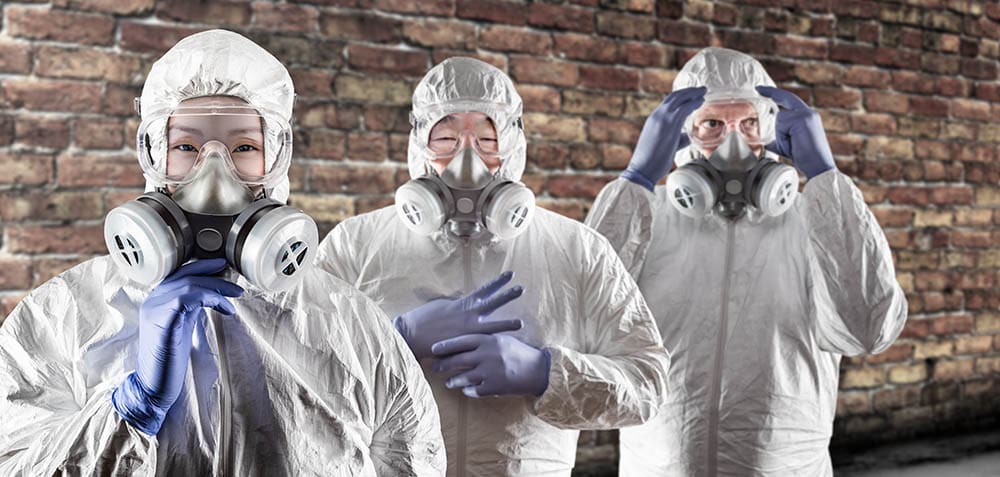
Categories Covered in Hazard Insurance
There are a number of categories covered by hazard insurance. The majority are natural disasters.
- Damage caused by electric currents or Heating Ventilation and Air Conditioning (HVAC) units
- Vandalism and theft
- Fallen trees and other objects
- Vehicle damage (aircraft, cars, etc.)
- Sleet, ice, or snow damage
- Lightning damage
- Wind and hail damage
- Smoke and fire damage
Categories not Covered
Hazard insurance doesn’t cover damages sustained to your home or damages to personal property. That said, if a natural disaster occurs, the insurance only covers the structure of your house from a disaster listed in the policy. They include some items inside the house damaged by the event, such as fences, sheds, garages, and your home’s structure.
Keep in mind that flood damage isn’t usually covered. You may need to get flood insurance separately. Additionally, mudslides, landslides, and earthquakes may not be covered in high-risk areas. For instance, just because a home is in a region prone to earthquakes doesn’t mean the quakes are covered by hazard insurance.
Lastly, mold damage, pest infestation, and damages that happen over time aren’t covered by hazard insurance.
Hazard Insurance Cost
The factors determining hazard insurance cost include your location and credit score. Additionally, the limits and deductibles you choose determine the overall cost.
The location plays a major role in factoring cost due to the risks associated with different regions. For example, you are considered at high risk for a natural disaster if you reside in an earthquake zone or floodplain. Keep in mind that you may not find these things included in your policy.
- Covers your home and other property in the event that natural disasters occur
- Saves you money related to repairs after damage from natural disasters
- Improves your chances of getting a mortgage
- Liability coverage in case someone is injured on your property as a result of a natural disaster
- Allows you to recover quickly from damages resulting from a natural disaster
- The premiums are expensive
Home Insurance Overview
Home insurance is a crucial coverage for anyone who owns a home. You may think you don’t need it, but every homeowner does. Read on to learn more about home insurance, what it covers, and why you need it.
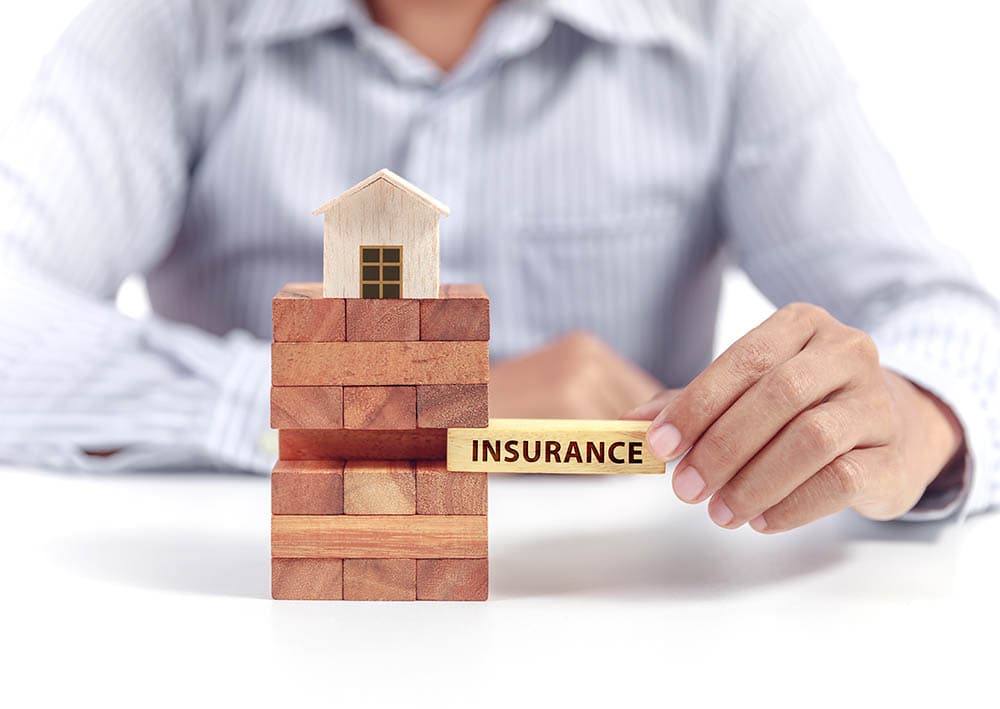
What Is Home Insurance?
Home insurance covers your home if an incident listed in your policy damages your home and belongings. In some cases, it covers you if you damage property or injure another person.
- Personal Liability: This occurs when you are held legally responsible for injury or damage to another person on your property
- Relocation: Pays for your accommodation as your home is being repaired
- Replacement: Pays to replace or repair your personal belongings
- Structure Compensation: Pays to replace or repair your home, landscaping, sheds, garages, and other structures
Home insurance shouldn’t be confused with mortgage insurance. Home insurance protects you and your home while a mortgage insurance policy protects your lender.
Categories Covered under Home Insurance
A standard home insurance policy covers six types of categories. Take note that the types of categories vary depending on the insurance company and your location.
- Dwelling: Covers damages to your home and any attached structures like a porch or garage
- Medical Payments: Pays to treat anyone injured on your property without taking into account the individual at fault. It also pays someone if they are injured by your pet, family member, or you away from your house
- Personal Liability: Pays if someone is injured or you cause property damage unintentionally or through neglect
- Loss of Use: Pays for living expenses as your home is repaired
- Personal Property: Pays to replace or repair damaged or stolen belongings
- Other Structures: Pays for repair or replacement of stand-alone structures like a shed or fence
- Damage caused by aircraft and vehicles
- Damage caused by riots
- Sudden bulging, cracking, or tearing of a fire protection system, air conditioning, steam system, or water system
- Freezing of household systems
- Water discharge or overflow from household systems such as appliances, air conditioning, or plumbing
- Damage caused by falling objects
- Damage caused by volcanic eruptions
- Power surge damages
- Damage caused by weight of sleet, snow, or ice
- Vandalism or theft
- Damage caused by explosions, hail, windstorms, smoke, fire, or lightning

Categories Not Covered
Home insurance might not cover everything that may go wrong with your house. For example, if you intentionally damage the house, the insurer won’t pay for it.
- Power failure
- Government action such as war
- Nuclear hazards
- Neglect of wear and tear
- Infestations caused by mold, fungus, vermin, pests, or birds
- Damage caused by sinkholes, landslides, or earthquakes
- Water damage from sewer and drain backups
- External flooding from sources like storm surges and heavy rainfall
- Protects the structure of your home
- Protects detached structures on your property
- Covers the contents of your home
- May protect you from several natural disasters
- Standard policies are affordable
- Some policies don’t cover damage from natural disasters
Home Insurance vs. Hazard Insurance
From the above information, you know what each insurance type is, but what’s the difference? In order to better understand the differences between hazard and home insurance, you need to know how they work.
Home Insurance Explained
When your home is damaged, the insurance company isn’t going to give you a check for the amount insured. For you to get compensation, you need to start by filing a claim that documents the damage. The overall payout varies depending on the deductible options and coverage you chose.

Actual Cash Value vs. Replacement Cost
A major factor that determines your claim payout is if your policy will pay everything it takes to repair or rebuild your home. This happens even if the total cost of repair or rebuilding is more than your policy limits.
The situation may be a result of an increase in construction costs while your policy coverage limits are the same. Check out a breakdown of several cost-value coverage options you are likely to come across.
Replacement Cost Value
This pays to rebuild or repair your house using materials of the same quality and type. For instance, plaster walls are repaired or replaced with plaster. Keep in mind the payout won’t be more than the cover’s dwelling coverage limits.
There are policies that give replacement cost value for personal belongings. It means the insurance company buys you new belongings to replace the old ones without deducting depreciation. If this is a feature you would like, make sure your insurance policy has it. Remember, you may need to pay more for it.
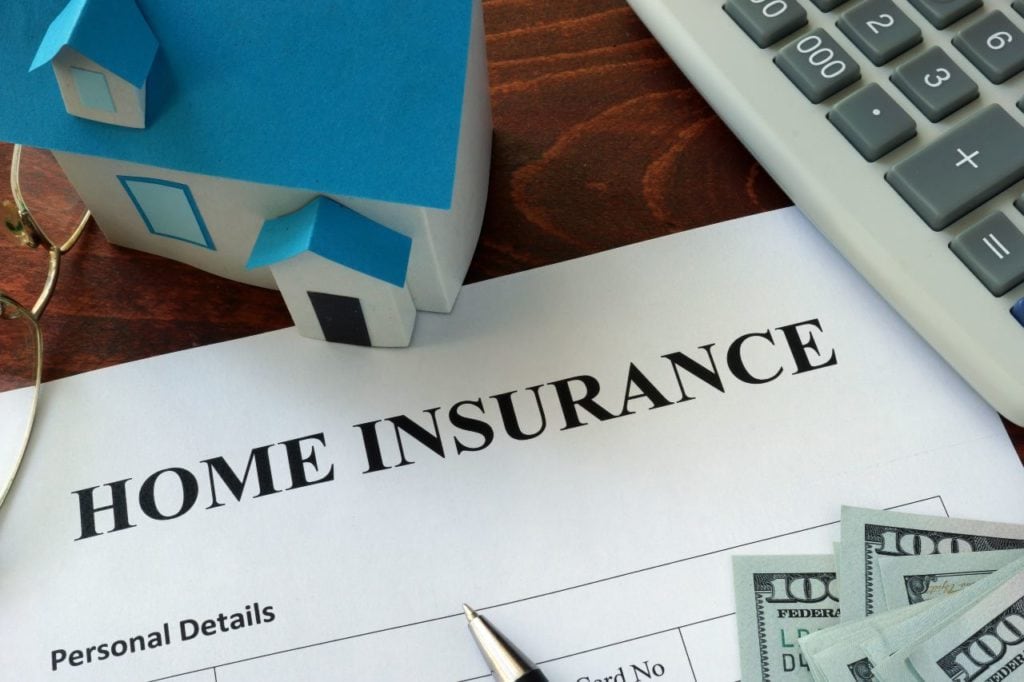
Functional Replacement Cost Value
It pays to repair your home using materials that are possibly cheaper and similar. For instance, your contractor may use less expensive drywall to replace damaged plaster walls.
Actual Cash Value
Depreciation is deducted before you are paid the cost to replace or repair your damaged property. The majority of insurance policies don’t use it for the home, but it’s normal for personal belongings. For example, for items that are more than a couple of years old, you get a small percentage of the cost of buying new ones.
Extended Replacement Cost Value
The value of your dwelling coverage will be paid out more than its face value but to a specific limit. The specified limit may be a percentage or a dollar amount like 20% more than your dwelling coverage amount. This is a great option if repairs or rebuilding costs more than you expected.
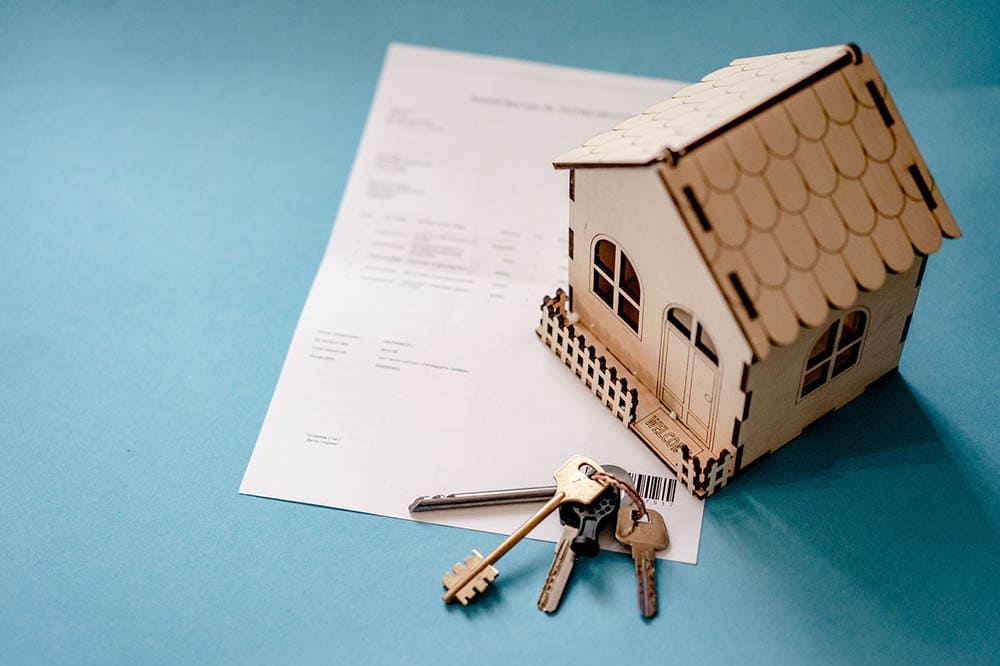
Guaranteed Replacement Cost Value
After a covered loss, this coverage pays the total cost to replace or repair your home. The amount paid may exceed your insurance policy limits. This level of coverage is provided by few insurance companies.
Deductibles
Home insurance policies usually include a deductible. It’s the amount you need to pay before the insurer starts compensation.
- A Percentage: Can be anything from 1% to 5% of the insured value of your home
- A Dollar Amount: A fixed dollar amount such as $200 or $2,000
When you get a claim check, the deductible amount is subtracted by your insurer. Let’s say your deductible is $500 and a claim of $7,000 is approved for repairs. The insurer will pay you $6,500 and you will top up $500.
Going for a higher deductible reduces your premium. On the other hand, you end up raising your premium more when you file a claim. A lower deductible means you pay higher premiums. The upside is the insurer pays nearly the total repair costs when an incident occurs.
Hazard Insurance Explained
Hazard insurance gives you compensation for rebuilding or repairing your destroyed or damaged home when a covered event occurs. Incidents such as vandalism, severe storms, and fires are covered by hazard insurance. It’s a part of home insurance and you can decide to include or exclude it from your home insurance policy.
Calculating Hazard Insurance
The cost of hazard insurance is determined by various factors. They include your risk profile, the structure of your house, and your location. According to the National Association of Insurance Commissioners (NAIC), the cost is approximately $1,250 a year.
There are a variety of variables that determine the cost of your hazard insurance. The main factors are your credit score and location. The limits and deductibles you choose also affect the cost of your hazard insurance.
- Your risk profile
- The amount of coverage you want
- The condition and age of your house
- Location of your house

Which One Should You Choose: Home Insurance vs. Hazard Insurance
Home insurance is broad and covers the belongings in your house and the structure of the house. Hazard insurance is usually included in a home insurance policy. It’s used to specifically cover damages resulting from natural events such as fires and storms.
Both home insurance and hazard insurance are important. However, you need to know their differences to make a decision that suits your needs. Contact a certified insurance agent or provider to find out the types of policies that meet your needs.
 Conclusion
Conclusion
Home insurance may include or exclude hazard insurance. Hazard insurance policies are offered as part of a home insurance policy or a separate insurance policy. The area you live in determines whether or not hazard insurance is sold as part of your home insurance.
Get home insurance to protect your home from unforeseen accidents and damages. If you live in a location that is prone to natural disasters such as floods, hurricanes, or earthquakes, get hazard insurance.
Consult a certified insurance agent or provider to get more details on how to get each of these insurance covers. Make sure you get details of what is covered and the rates from different insurers. This way, you will get an insurance policy that suits your needs.
Featured Image Credit: Andrey_Popov, Shutterstock
Contents
 Hazard Insurance Overview
Hazard Insurance Overview

